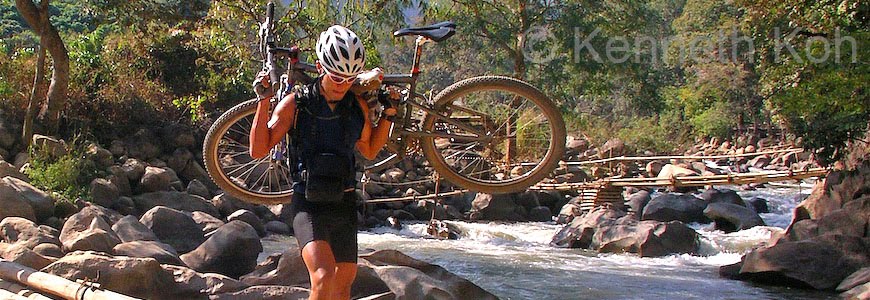Nikon D700. Image courtesy of Nikon.
First off, determine you image quality needs. The biggest difference between full-frame and crop sensors shows up at higher ISOs. Differences also show up if you crop or edit heavily. In other words, if you shoot at low ISOs, shoot JPEG or rarely post-process your shots, it might not make that much of a difference.
Secondly, determine the lenses you would like to use. The camera and lenses work together and are a part of the total image quality equation. You'll need high quality lenses to reap the benefits of whichever body you choose. The choice of lenses is determined by how and what you shoot, and also by the format of the camera body (ie full-frame or crop sensor). For my use, the lenses that I would choose for the D700 tend to be heavier than the lenses I would select for the D90, so weight plays a part in your selection of lenses too.
Nikon D90. Image courtesy of Nikon.
Thirdly, after sizing up (and weighing) your camera and lenses, you'll need a way to carry it such that it is out of the way, and yet protected and readily accessible. I like chest pouches and camera holsters. Keep in mind that a crop-sensor camera like the D90 will fit into a smaller, trimmer chest pouch, while a D700 might require a more bulky holster. If you're active, a heavy bulky bag gets more in the way than a lighter, trimmer one.
Here's how I would do it:
If I'm active, like if I'm hiking or climbing, I'll want a lighter camera that interferes with me as little as possible, and yet be easy and quick to access. I might choose a D90 with a 16-85mm lens in a chest pouch, with a 10.5mm fisheye lens in a separate lens pouch. I use the new Adobe Lightroom 3 to post process my images, and it has the ability to 'defish' my 10.5mm to make it look like an ultrawide lens, which extends the usability of this lens.
If someone's paying me, or if the primary purpose of a trip is photography, and I'm not expected to be as active, I may have a standard photojournalist setup, such as a D700 with a 70-200mm f/2.8 and a D300 with a 12-24mm f/4 in a shoulder bag.
My advice?
Unless you already have your heart set on the full-frame D700, get the D90 first. It will be easier on the pocket and easier to travel and work with. If you find out that it doesn't suit your needs, you can upgrade to the D700, and still have a lightweight DSLR for more active pursuits.
... oh, and since there are rumors circulating that Nikon are about to replace the D90 (and maybe the D700) soon, it may be worthwhile waiting a little to see if the rumors are true :o)



No comments:
Post a Comment